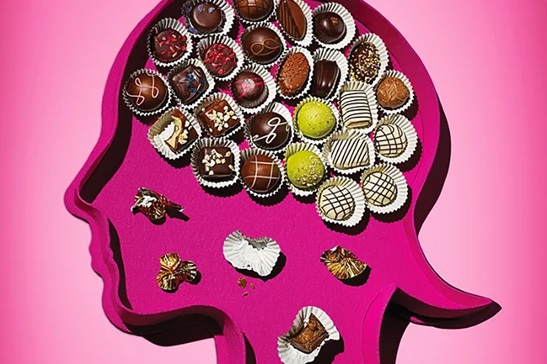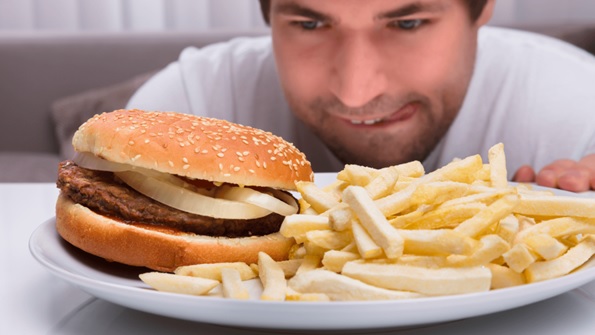
Do women experience more food cravings than men? Anecdotally this would seem to be the case but is there any actual evidence for this? Interestingly it seems that this isn’t a myth after all. There are complex biological and environmental reasons why females tend to develop strong hankerings for chocolate and sweets. Not only do women experience more cravings than men, they are also worse at regulating these impulses. If you’re keen to learn more then read below. We will delve into what a food craving is and why the sexes experience them differently.
What Is A Craving?
A craving can be succinctly defined as an overwhelming or strong desire to eat. We all experience them from time to time, usually for a range of reasons. The types of cravings we have can be separated into categories. For example, cue-induced cravings are stimulated by our environment. If you’ve ever watched Charlie and the Chocolate Factory then felt the urge to demolish a Cadbury bar, this would be cue-induced. Tonic cravings are when you feel like eating something that you ‘shouldn’t’. For example, if you crave a cocktail halfway through dry July, this would be a tonic craving. These usually occur in people who go on restrictive diets or try to avoid eating certain things. Cravings can vary in frequency, duration and intensity. Some are easy to ignore while others nag at you incessantly. Food craving research matters because our ability to regulate appetite is associated with healthy body weight. Those who experience frequent strong cravings are more likely to be overweight. Considering the current obesity crisis New Zealand is facing, more research in this area would be extremely valuable.

How Women And Men Vary
Surveys show that women and men vary significantly when it comes to types of foods craved, frequency of cravings and ability to regulate their desires. On average, females are more likely to crave sweet things like cakes and desserts. 92% of people who experience strong cravings for chocolate are women. Men on the other hand prefer savoury or if they do want something sweet, will opt for a sugary drink rather than chocolate. The reasons for the difference are complex and obviously this is a generalisation. But on the whole it seems that the kinds of food craved do vary between genders. Another difference is the intensity of the cravings and the ability to resist them. Women, especially during the luteal phase of the menstrual cycle, experience intense cravings more often. Male cravings tend to occur far less frequently and they are typically less intense. Research surveys show that 50% of men find cravings easy to ignore compared to a mere 20% of women. This could partly explain why females are twice as likely to be overweight compared to males. If we can’t regulate our cravings, we are far more likely to eat more calories than we need.

Why Do They Vary?
Brain activity and hormonal fluctuations explain why there is a difference in experience of food cravings between genders. FMRI studies have found that craving regions in female brains show a lot of activity when they look at photos of tasty food. The craving regions in male brains also light up, but not to the same degree. This means women may be slightly more food motivated than men. Being strongly influenced by food cues is a risk factor for obesity hence why it’s a topic worth studying. In addition to neurological differences, there are hormonal explanations too. Unlike men, women’s hormones fluctuate wildly throughout the month. Hormones and appetite are inextricably linked. This explains why women often crave ‘bad foods’ during that time of the month. It’s not necessarily them, it’s their hormones. Finally there are sociological reasons for the difference. Many sweet, calorie dense foods are specifically marketed to women. Culture always plays a role in eating habits and food marketing is pervasive. Although we can’t pin down one succinct reason why, we do know that men and women differ when it comes to the experience of cravings. Understanding this difference is key if we wish to find solutions to the problem of overeating.

Conclusion
Right now 1 in 3 New Zealanders are obese. This is not a statistic to be proud of. Being overweight takes a massive toll on your health and increases your risk of chronic disease. We all know this to be true but aren’t sure how to solve the problem. A good place to start would be to learn more about what makes us overeat and how we can better mitigate cravings. It’s daft that schools teach students obscure things like trigonometry but nothing about how to manage intense hankerings for junk food. If we knew more about why we feel like eating, we might be better at regulating our intake. Education is the most important thing when it comes to improving nutrition. Keep reading blogs like these and do as much research as you can. As they say, “knowledge is power”.

